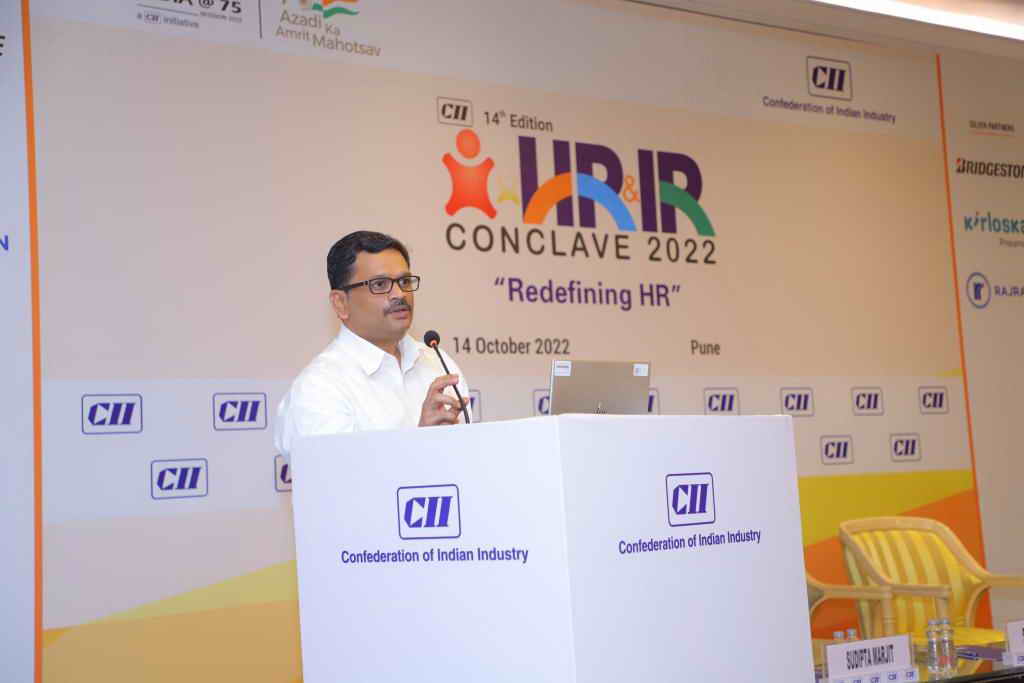SCRUM is a good operations model. While many consider it as a project
management approach, often it is realized that SCRUM lacked lingo for
reporting business performance.
As of date, Businesses and
projects leaders do not care much for project execution or delivery
models. Hence they do not care if we do it SCRUM way or not. Thus SCRUM
practitioners and Managers have this bridge to cross so that SCRUM gets
main stream.
Business and Project Leaders ask for 3 main
measures to be on top of project and enables them for better decision
making irrespective of operation models.
1. Am I getting the value for what I spend?
2. Do I know how long and how much it will take to close the project under current conditions?
3. Can I claim with reasonable confidence that project goals will be met successfully and drive my company to be successful?
These
measures are available in EVM and hence it is a natural fit for SCRUM
projects to associate the EVM lingo in the framework.
Also the concept of Earned Value in EVM benefits more from SCRUM way of delivering sprints.
Before we dive into the working, here is a comparison on fitment and adaptability between SCRUM and EVM.
| S.No | SCRUM Phases | EVM measurement Terms |
|---|---|---|
| 1 | Project Planning, Product Backlog Planning, Product Vision | Budget At Completion |
| 2 | Sprint Planning | Planned Value |
| 3 | Sprint Progress | Actual Cost |
| 4 | Sprint in progress | Schedule Performance Index, Cost Performance Index |
| 5 | Sprint Retrospective | Earned Value, Sprint Performance Index, Variance at Completion |
| 6 | Sprint in progress, Sprint Retrospective | Cost Variance, Schedule Variance |
| 7 | Sprint Retrospective (Using Sprint Burn Down chart) | Estimate AT Completion / Estimate TO Completion |
| 8 | Features/User Stories Burn up chart | Cost Performance Index |
Related articles by Zemanta:



